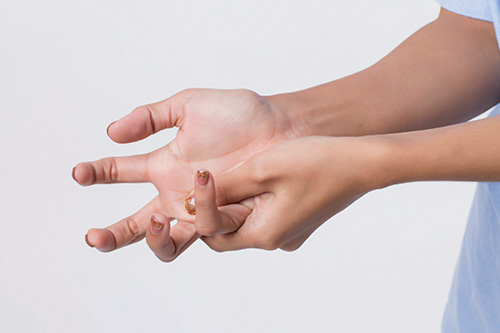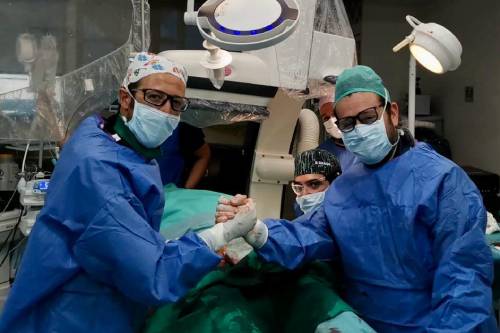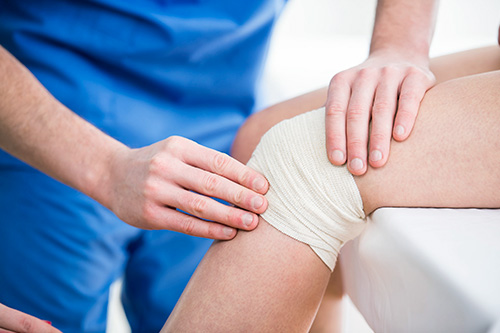
Trapeziectomy Procedure
The trapezium is one of the bones of the hand at the base of the thumb. It is commonly affected by arthritis. The most favorable intervention is that of trapeziectomy.
It is fundamental to have the arm elevated after operations related to this extremity.
Risks of trapeziectomy
Common Risks
As with all procedures, this carries some risks and complications.
- Pain: The procedure involves moving soft tissue and hurts afterwards. It is important to discuss this issue with staff and ask for pain medication if necessary. The scar itself can be painful.
- Bleeding: There will inevitably be some bleeding. Don't be alarmed if you see blood stains on the bandage or plaster you are going with. If the bleeding increases, you should contact your doctor.
- Scar: The scar can be painful. Massaging with moisturizer once wounds have healed is often helpful in softening and decreasing pain.
Rare Risks
- Infection: This may occur as redness, discharge, or temperature around the wound.
- Thick Keloid Scar: These are scars that grow excessively thick, red, and raised.
- Delayed wound healing: This can occur if the wound is under stress, infected, or has poor blood supply.
- Damage to tendons: tendons run under the wound and can be cut.
- Numbness: Nerves may be damaged during the operation. This can leave you numb on the back of your hand.
FREE CONSULTATION
SPECIALIZATION IN HAND SURGERY
SPECIALIZATION IN ORTHOPEDIC SURGERY























